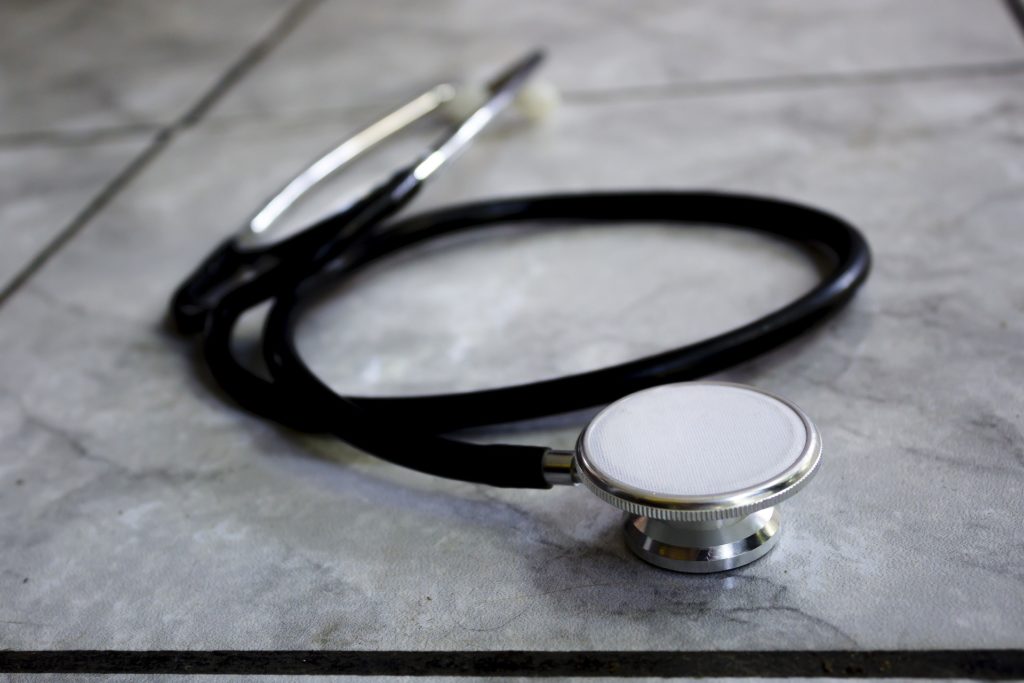
There are a lot of questions that you might be wondering about regarding Uterine Fibroids. We have compiled a list of some of the most commonly asked questions about this disorder to try and help put your mind at ease.
What Is The Most Common Symptom Of Uterine Fibroids?
Many women with fibroids have no symptoms at all. But placement, thickness, and quantity of fibroids in individuals can cause you to have symptoms.
The most typical uterine fibroids indications and symptoms in women who experience them are as follows:
- Extreme menstrual bleeding
- Longer than a week’s worth of menstrual cycles
- Pelvic pressure or discomfort
- Often urinating
- Bladder emptying challenges
- Constipation
- Leg or back discomfort
Rarely when a fibroid outgrows its blood supply and starts to die, it can produce severe pain.
Location is the primary factor used to categorize fibroids. Intramural fibroids are created inside the uterine wall’s muscular system. Submucosal fibroids protrude into the uterine cavity. Subserosal fibroids protrude from the uterus’s wall.
When Do You Need To See A Doctor?
Consult a physician if you have:
- Pelvic discomfort that persists
- Very long, painful, or heavy periods
- Bleeding between cycles or spotting
- Inability to fully empty your bladder
- Low red blood cell count without apparent cause (anemia)
If you experience extreme vaginal bleeding or rapid onset of intense pelvic discomfort, seek immediate medical attention.

What Causes Uterine Fibroids?
Uterine fibroids have an unknown etiology. However, studies and clinical experience indicate the following factors:
- Genetic changes
Numerous fibroids have gene alterations distinct from those found in normal uterine muscle cells. - Hormones
The two hormones estrogen and progesterone, which encourage the uterine lining to form during each menstrual cycle in preparation for pregnancy, also appear to promote the growth of fibroids. Fibroids have a higher estrogen and progesterone receptor concentration than regular uterine muscle cells. The size of fibroids decreases after menopause as hormone production decreases.
Can Fibroids Turn Into Cancer?
Almost typically, fibroids are not cancerous. Less frequently than one in 1,000 times, a fibroid will develop cancer. The term for this is leiomyosarcoma.
According to medical professionals, these tumors are not thought to develop from fibroid lesions. The likelihood of acquiring a malignant fibroid is not increased by having fibroids. Also, having fibroids does not increase your risk of developing other uterine cancers.
How Can Fibroids Affect Pregnancy?
The risk during pregnancy from small or medium-sized fibroids that don’t cause symptoms is probably minimal. However, fibroids may enlarge during pregnancy due to elevated hormone levels and increased blood supply to the uterus. Pain, pressure, or discomfort may be brought on by fibroid growth.
Large or numerous fibroids can also raise your risk of:
- For women with fibroids, the chance of needing a cesarean section (C-section) is six times higher.
- Instead of having its head down, the infant is lying on its back with its legs down.
- Before delivery, the placenta separates from the uterine wall. The fetus may not get enough oxygen when this occurs.
- The baby is born before the 37th week of pregnancy, which is too soon.
Consult your doctor if you become pregnant while suffering from fibroids. Every obstetrician (OB) has dealt with fibroids and pregnancy before. Most women with fibroids who become pregnant do not require the services of an OB specializing in high-risk pregnancies.
Which Fibroids Cause Infertility?
For most women with fibroids, fertility is unaffected. However, fibroids are present in roughly 10% of infertile women.
Fibroids can prevent pregnancy through:
- Reducing the uterine lining’s volume or the uterine blood flow
- Altering the lining of the uterus
- Blocking the fallopian tubes
The riskiest fibroids include the following:
- Submucosal fibroids in the uterine cavity’s open space
- Massive intramural fibroids
Can Fibroids Return After Treatment?
Even though treatment frequently eliminates fibroids and provides relief, more fibroids may later develop. The symptoms of these fibroids may require additional treatment.
All therapies, except for hysterectomy, have the potential to cause fibroids to reappear. Surgeons completely remove the uterus during hysterectomies.
How Do You Know If You Have Fibroids?
The majority of fibroids are discovered during regular pelvic exams. Then, doctors confirm a diagnosis using scans—typically ultrasound and MRI—. Professionals have the knowledge and expertise to conduct the scans properly and to correctly analyze the data.
What Foods Should You Avoid If You Have Fibroids?
The potential impact of nutrition on fibroids is still being researched. However, a higher incidence of fibroids has been associated with consuming excessive amounts of pork products and red meat.
What Are The Benefits Of Uterine Fibroid Embolization?
- The following are the advantages of uterine fibroid embolization:
- Adequate substitute for hormone therapy and surgery
- Absolutely non-invasive, requiring neither surgery nor blood loss
- Very short hospital stay
- Swift restoration to regular operations
- The ovary, uterus, and cervix are all preserved.
- A notable increase in quality of life
- Menstrual bleeding lessens as a result of symptomatic fibroids
- Decrease in pelvic pressure, pelvic pain, or both
What Is Radiofrequency Ablation?
Surgery with the ACESSA device has FDA approval. It seeks to treat fibroids using an outpatient, minimally invasive technique efficiently.
ACESSA heats fibroid tissue and induces immediate cell death using radiofrequency energy. The lymphatic system then reabsorbs the necrotic cells. According to studies, the ACESSA technique may result in a slight reduction in fibroid size and some symptom relief.
During a typical outpatient pelvic laparoscopy, the doctor inserts the Acessa device under ultrasound guidance within the fibroid.
Studies have revealed that following the ACESSA technique, symptoms and fibroid size slightly decreased.

5 Foods To Avoid To Reduce Uterine Fibroids
Uterine fibroids are a common health concern among women, often leading to heavy bleeding, pelvic pain, and fertility issues. While the exact cause remains unclear, research suggests that diet plays a crucial role in fibroid management. Here are five foods to avoid if you want to reduce your risk and symptoms. 1. Processed Meats Processed […]
Fibroids And Exercise: What’s The Best Workout Plan?
Exercise is not just beneficial for weight loss—it also plays a crucial role in **hormonal balance, inflammation control, and improved circulation**, all of which can influence fibroid growth. But not all workouts are created equal when dealing with fibroids. Why Exercise Matters for Fibroids Regular physical activity helps manage fibroids by: Regulating Estrogen Levels: Exercise […]
Green Tea And Fibroids: Can It Help Shrink Tumors?<
Green tea has been consumed for centuries due to its numerous health benefits, but recent studies suggest it may also help **shrink fibroids**. The key lies in its high content of **epigallocatechin gallate (EGCG)**, a powerful antioxidant with anti-inflammatory and anti-estrogenic properties. How Does Green Tea Help with Fibroids? Research indicates that green tea can […]
How Hormones Influence Fibroid Growth
Hormones are the **primary drivers of fibroid growth**, with estrogen and progesterone playing key roles. Many women with fibroids struggle with hormonal imbalances, often without realizing it. Understanding how these hormones interact can help you take control of your health and manage fibroid symptoms effectively. What Causes Hormonal Imbalances? Several factors can contribute to excess […]
